Recently, a joint research team from the Shanghai Jiao Tong University and the Delft University of Technology in the Netherlands published a paper titled “Continuous Occupancy in Dynamic Environments Using Particles” in IEEE T-RO, a prestigious robotics journal. The first author, Gang Chen, is a postdoctoral researcher in the Cognitive Robotics department at the Delft University of Technology.
This paper proposes a particle-based continuous occupancy mapping method, which improves the accuracy and efficiency of obstacle modeling in dynamic environments by using an innovative dual data structure and efficient map-building process. The NOKOV motion capture system collects data on the movement of dynamic obstacles to help evaluate the performance of the dynamic occupancy map in terms of velocity estimation.
Citation format
G.Chen, W. Dong, P. Peng, J. Alonso-Mora and X. Zhu, “Continuous Occupancy Mapping in Dynamic Environments Using Particles,” in IEEE Transactions on Robotics, vol. 40, pp. 64-84, 2024, doi: 10.1109/TRO.2023.3323841.
Research Background
This paper addresses the challenge of representing dynamic environments, particularly how to conduct safe and efficient path planning during autonomous navigation. Traditional particle-based maps are constrained by grid size when representing occupancy states: larger grids hinder motion planning speed, while smaller grids reduce efficiency and can create gaps and inconsistencies. Additionally, traditional particle maps rely on grid maps as input, which limits the accuracy of state estimation due to grid resolution issues. To overcome these challenges, the paper introduces a Continuous Dual-structure Particle Map (DSP Map), aimed at enhancing the accuracy and efficiency of obstacle modeling in dynamic environments while supporting usage on small robotic platforms.
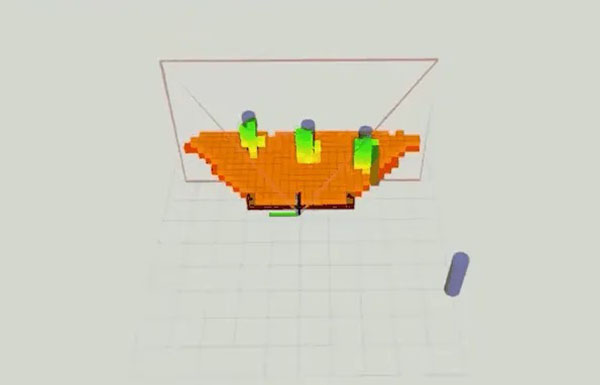
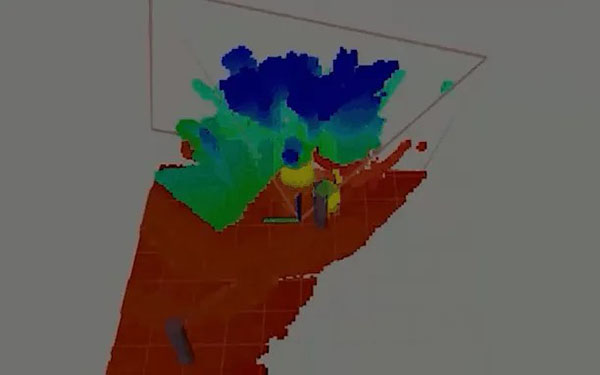
Fig. 1. Schematic diagram of the mapping results of a dynamic environment with pedestrians.
Paper Overview
1. A particle map updating model based on a dual data structure was proposed, extending particle maps to continuous space.
2. An initial velocity estimation and an efficient hybrid motion model were used to reduce noise when simultaneously representing dynamic and static obstacles.
3. A complete and efficient map construction process was developed, enabling the DSP Map to be used on small-scale robotic platforms.
4. The map-related code has been open-sourced at: https://github.com/g-ch/DSP-map.
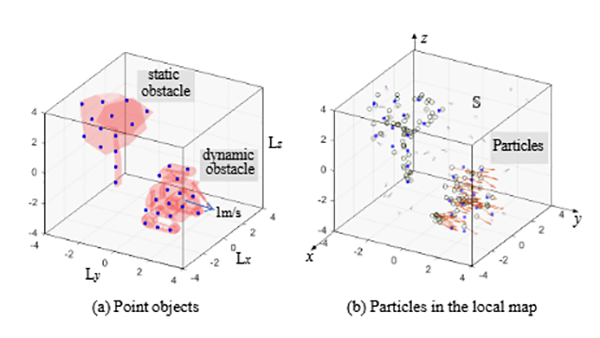
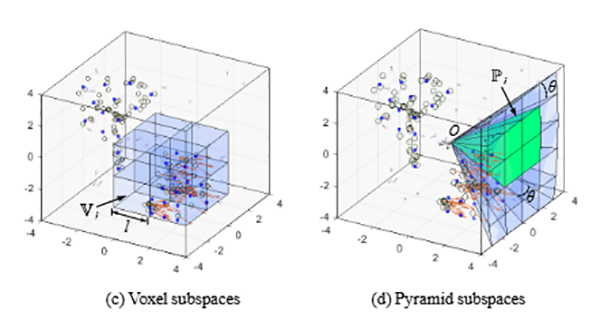
Fig. 2. Schematic diagram of dual data structures.
Experimental Procedures
This paper first evaluates the construction efficiency of the DSP Map and its effectiveness in estimating the speed of dynamic obstacles. It then conducts comparative experiments with the existing state-of-the-art particle-based dynamic occupancy map K3DOM, as well as with a widely used classical static occupancy map known as Ewok Map. The experimental results show that DSP Map achieved a higher F-1 score in dynamic environments and performs similarly to Ewok Map in static environments. Additionally, an obstacle avoidance experiment using DSP Map was conducted on a miniature drone.
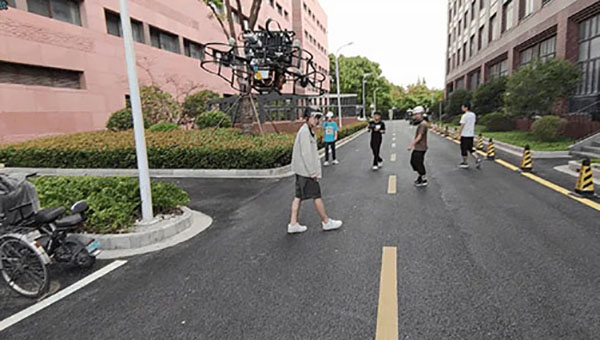
The NOKOV motion capture system recorded the movement trajectories of pedestrians within the experiment site, providing precise position and velocity data as ground truth. This data was used to compare the performance of the DSP Map and other particle-based in estimating the movement of obstacles in dynamic environments.
About the Authors
Author Profile
Dong Wei
Tenured Associate Professor, School of Mechanical and Power Engineering, Shanghai Jiao Tong University
Research Interests
Multi-robot collaborative intelligence and active sensing
Key Achievements:
- Successfully led multiple projects, including projects funded by the National Natural Science Foundation of China, the Shanghai Youth Science and Technology Star Program, and the China Postdoctoral Science Foundation Special Research Grant.
- Published over 30 SCI-indexed journal papers in leading robotics and automation journals such as IEEE T-RO, IEEE RA-L, IEEE T-ASE, and IEEE/ASME T-MECH. The representative achievement is an active sensing planning system adaptable to wide scenarios.
- Received teaching awards at Shanghai Jiao Tong University and multiple personal honors. As a faculty advisor, guided students to win first-place awards in various intelligent sensing technology competitions for unmanned aerial vehicles.
Javier Alonso-Mora
Associate Professor, Department of Cognitive Robotics, Delft University of Technology
Research Interests
Multi-robot collaboration, decision-making and planning
Major achievements:
- Co-chair of the IEEE RAS Technical Committee on Multi-Robot Systems, associate editor for T-RO and Autonomous Robots, RSS 2024 Local Arrangements Chair, recipient of ERC Starting Grant.
- Awarded the Best Paper Award for Multi-Robot Systems at ICRA 2019 and nominated for the Best Paper Award at IEEE MRS 2024.
On September 11, 2024, at 19:00, Shanghai Jiao Tong University's Professor Dong Wei and Delft University of Technology's Professor Javier Alonso-Mora hosted the STAR TALK academic live session titled “Path Planning in Multi-Agent Systems”. The two professors engaged in a inter-disciplinary dialogue on topics such as the similarities and differences between behavior models in distributed multi-robot and human-machine hybrid systems, the influence of individual robot cognition and decision-making on group behavior evolution, a comparison between emergency games and model predictive control, reliability measurement methods for multi-robot system planning in general scenarios, and planning timeliness in multi-robot system behavior simulations. You are welcome to watch the replay of the live session!